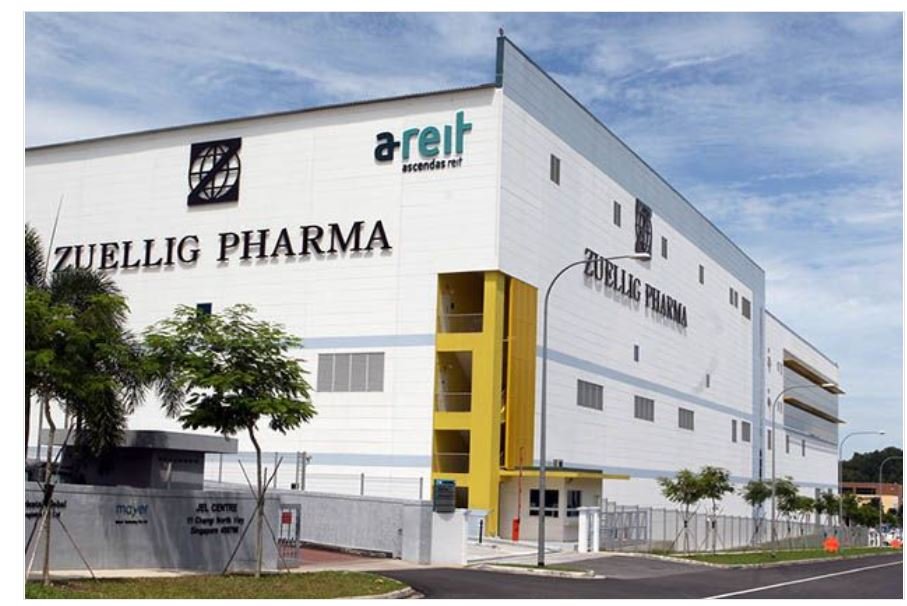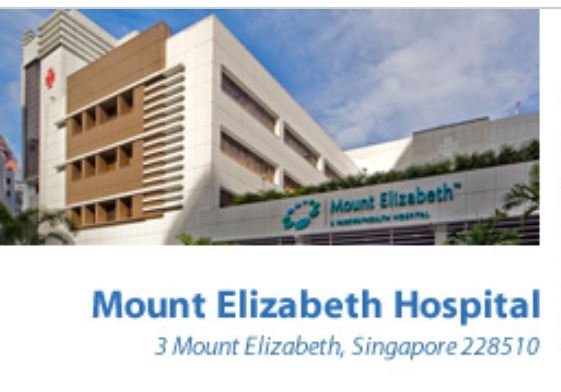With rising interest rates, the sentiment towards REITs has taken a beating.
Prices has came off a lot and some REITs are barely above their 52 week lows.
A Quick Background on why REITs are falling
The REIT sector has been delivering steady, alluring dividends for many years, supported by the low interest rate environment since the last global financial crisis in 2008. With a good yield difference between the (acquisition) financing costs and rental income, REITs are able to continue their merry-go-round and grow the DPU y-o-y.
However, REITs have been under pressure as the US Federal Reserve has been aggressively hiking interest rates; Investors are now fretting over REITs’ ability to maintain their distribution per unit (DPU) as their cost of debt are projected to go higher.
The key indicators to watch out for and assess whether the REIT is resilient enough to weather the rising interest rates environment are:
- Cost of debt
- Gearing ratio
- Interest cover
- When Re-financing is due
- De-leveraging opportunities.
The above 5 factors may require a much more detailed explanation and we will leave that to the next article. Do stay tuned and return to our blog to check it out!
In the meantime, lets hop over to the 4 resilient REITs that are well-positioned to protect and even grow their DPU given the rising interest rates environment.
1. CapitaLand Ascendas REIT (SGX: A17U)
CapitaLand Ascendas REIT (AREIT) owns 226 properties worth S$16 billion as of 30 September 2022. AREIT enjoys a high occupancy rate of 94.5% and also has a well-diversified list of more than 1,690 tenants.
AREIT also saw a positive rental reversion of 5.4% for the third quarter ended 30 Sep 2022. This will help mitigate their rising financing cost and utility cost and still grow their DPU.
Though the REIT gearing ratio has increased to 37.3%, it is still within my comfortable limit of 38%. Their interest cover is also comfortable at 5.6x which means AREIT is able to cover their interest expenses easily. AREIT cost of debt is still relatively low at 2.2% and this should enable them to withstand if the interest rates increase further.
You can check out AREIT website here
2. Parkway Life REIT (SGX: C2PU)
Parkway Life REIT (PLife REIT) is a listed healthcare REITs. As at 30 September 2022, PLife REIT’s total portfolio size stands at 61 properties totalling approximately S$2.35 billion.
PLife REIT is one of the most resilient REITs as the REIT has grown their DPU consistently since its listing in 2007. Their cost of debt is still very low at 0.72% and interest cover is huge at 18.6x. Plife REIT also has a low gearing ratio of 34.7%.
PLife REIT has even weathered the global financial crisis in 2009. PLife REIT has a unique rental escalation which is CPI+1%. Hence, this resilient REIT will definitely survive in an uncertain economic environment and will even continue to grow their DPU.
You can check out PLife REIT website here.
3. AIMS APAC REIT (SGX: O5RU)
AIMS APAC REIT (AA REIT) has a portfolio of 26 industrial and logistics properties in Singapore and 3 properties in Australia worth around S$2.21 billion as at 30 September 2022.
The REIT has a few things going for it to be one of the resilient REITs. First off, it is able to reduce its aggregate leverage ratio from 37.5% to 36.5% as of 30 Sep 2022, implying that the REIT is not heavily geared and that enable it to mitigate the effect of higher interest rates
Its cost of debt also remains low at 3% and has 88% of its debt on fixed rates. The REIT is also one of those rare REIT which has no debt maturing in FY 2023 and the debt due in FY2024 has been reduced to only 3.7% of total borrowings, thus ensuring that the REIT will not experience a sharp jump in borrowing costs.
AA REIT also has a high portfolio occupancy of 97.5%, with WALE of 4.8 years5 and thus ensuring stability of the DPU.
Find out more about AA REIT here.
4. Mapletree Logistics Trust (SGX: M44U)
Mapletree Logistics Trust (MLT) owns a total of 186 properties in 9 countries across Asia worth a total of S$12.9 billion as of 30 Sep 2022. Its debt maturity profile shows that most of the REIT’s debt is due in 2025 and 2026.
82% of MLT’s debt is also tagged to fixed rates and thus should be able to weather the higher interest rate environment. Its aggregate leverage remains comfortable at 37% and a low cost of debt of 2.5% and thus can be considered as resilient REIT.
Meanwhile, the REIT’s portfolio occupancy levels remains high at 96.4% and also enjoyed average positive rental reversions of 3.5%. It has a well diversified tenant base of 872 customers and approximately three-quarters of its portfolio is serving the more resilient consumer-related sectors.
The REIT is able to reduce portfolio energy intensity for all its assets with operational control by 1.0% to 1.5% in FY22/23 from FY21/22 baseline and hence able to control its operating expenses. This will ensure the stability of the DPU.
You can explore the REIT website here.





[…] will enable the REIT to distribute stable DPU to shareholders. There is a blog post on AA REIT here and since then the share price has shot […]
[…] 5) CEO Insights: ARA Hospitality Trust recovers from pandemic’s punch by Beansprout 6) 4 Resilient REITs that could survive and thrive in a rising interest rate environment by Small Cap A… 7) US Office REITs – Value traps or bargains? by Small Cap Asia 8) 3 S-REITs that […]